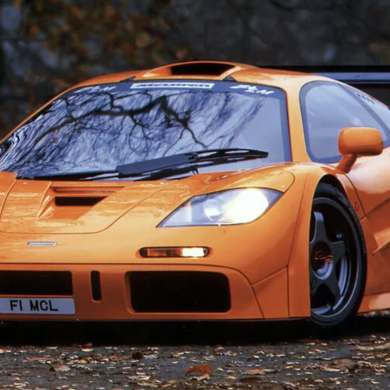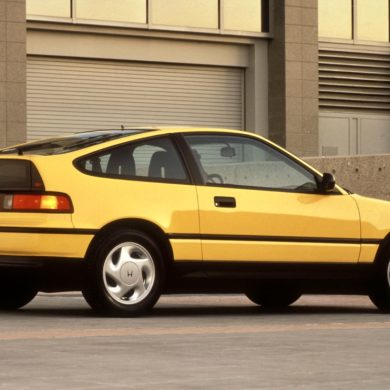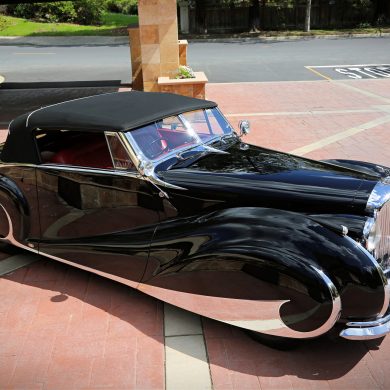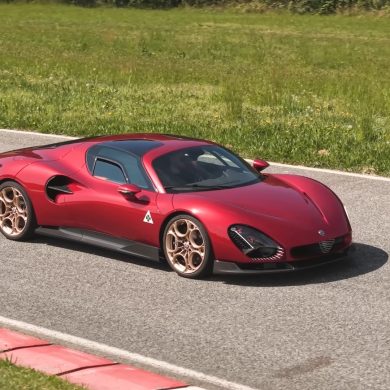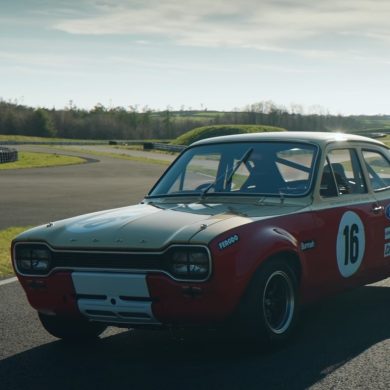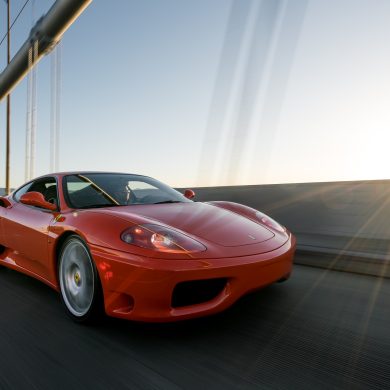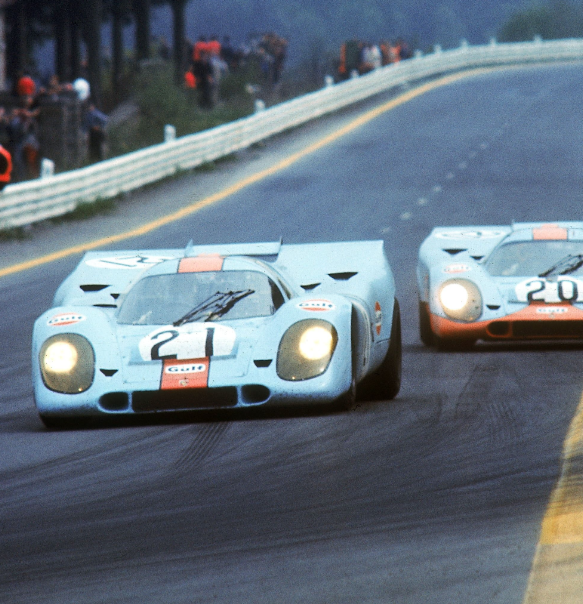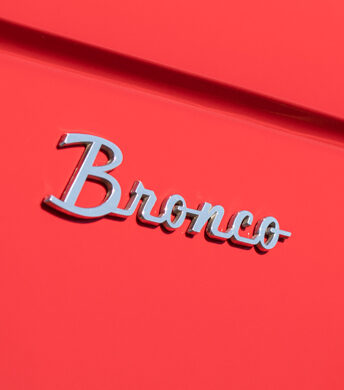

Like the Hot Rod, the first Sport Utility Vehicle was an American innovation. Developed as a competitor to the Jeep CJ-5, Toyota Land Cruiser, and eventually the Chevrolet Blazer, the Ford Bronco was one of the most successful and long running vehicles of the pioneering SUV line of trucks developed in the early 1960s. Conceived with dual purpose use, utility, and sporty performance in mind, the first-year offering arrived in 1966 even though the designs were developed as early as 1962. Originally referred to internally as the G.O.A.T. (Goes Over All Terrain), the idea was to capture the utility of the familiar Army Jeep with the commercial flare and stability of a drivable road car. By 1963, the first of many concepts were in development with the leading concepts initially penned by the first African American car designer hired at Ford, McKinley Thompson.
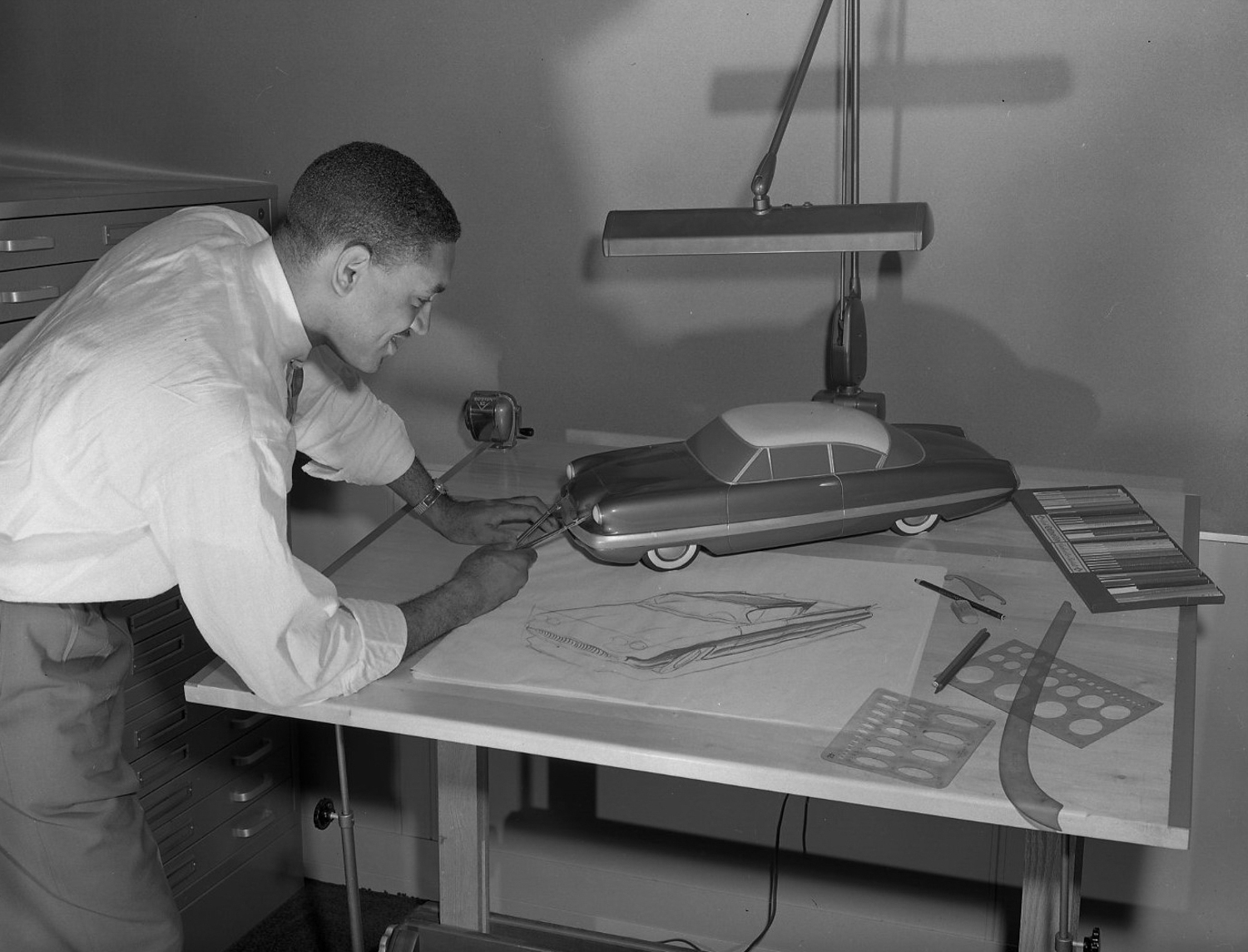
In 1966, the first production Bronco arrived at the perfect time for U.S. automobile sales. Ford had already hit the nail on the head just a year earlier with the stylish and low-cost Ford Mustang, proving the market was eager to buy new ideas. A wide range of buyers immediately embraced the Mustang for its simplicity, ease of use, and stylish looks. Ford sought that same market connection with the Bronco. The spunky, upright, can-do attitude designed into the Bronco captured a rugged rodeo America with distinct wild west influences in a durable, no-frills package. The Bronco, essentially a Mustang truck, built with many of the same components and durability, but with a unique character and flare all its own.

Outfitted with shared power trains from the Mustang and Falcon line, the stout, short wheelbase Bronco came with four-wheel drive and standard locking hubs, basic interiors, and low-cost trim. Mechanical simplicity and durability were key to the amazing lifespan of the Bronco as many enjoyed ownership spanning decades of use on beach, mountain, and suburban terrain. For years, vintage outdoor enthusiasts scooped up early Broncos and enjoyed the largely secluded market for vintage Broncos, keeping their secret confined largely to off-road motorsports enthusiasts. With the introduction of the all-new Ford Bronco, a new generation of enthusiasts are revisiting the captivating vintage looks, ease of use, and durable features which are still relevant in recreational vehicles today.
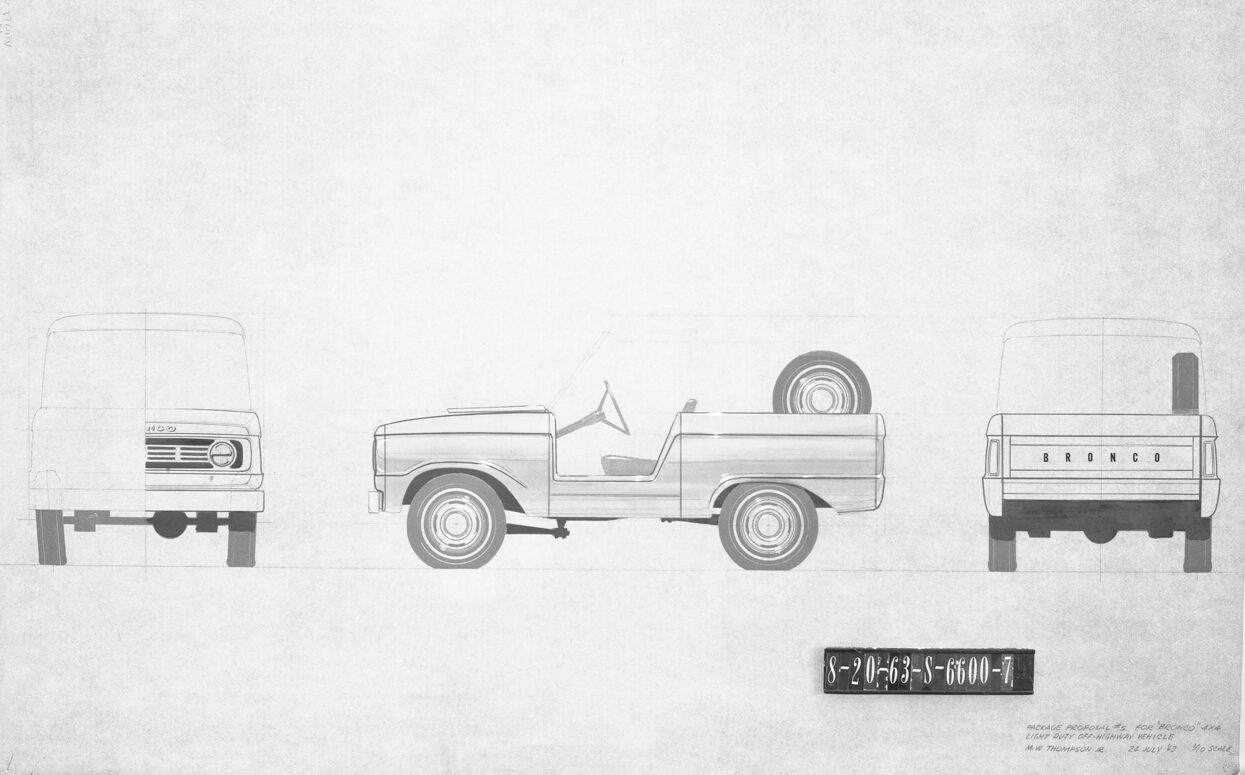
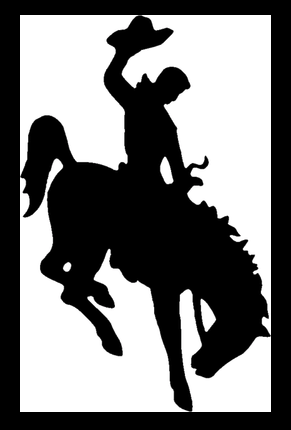
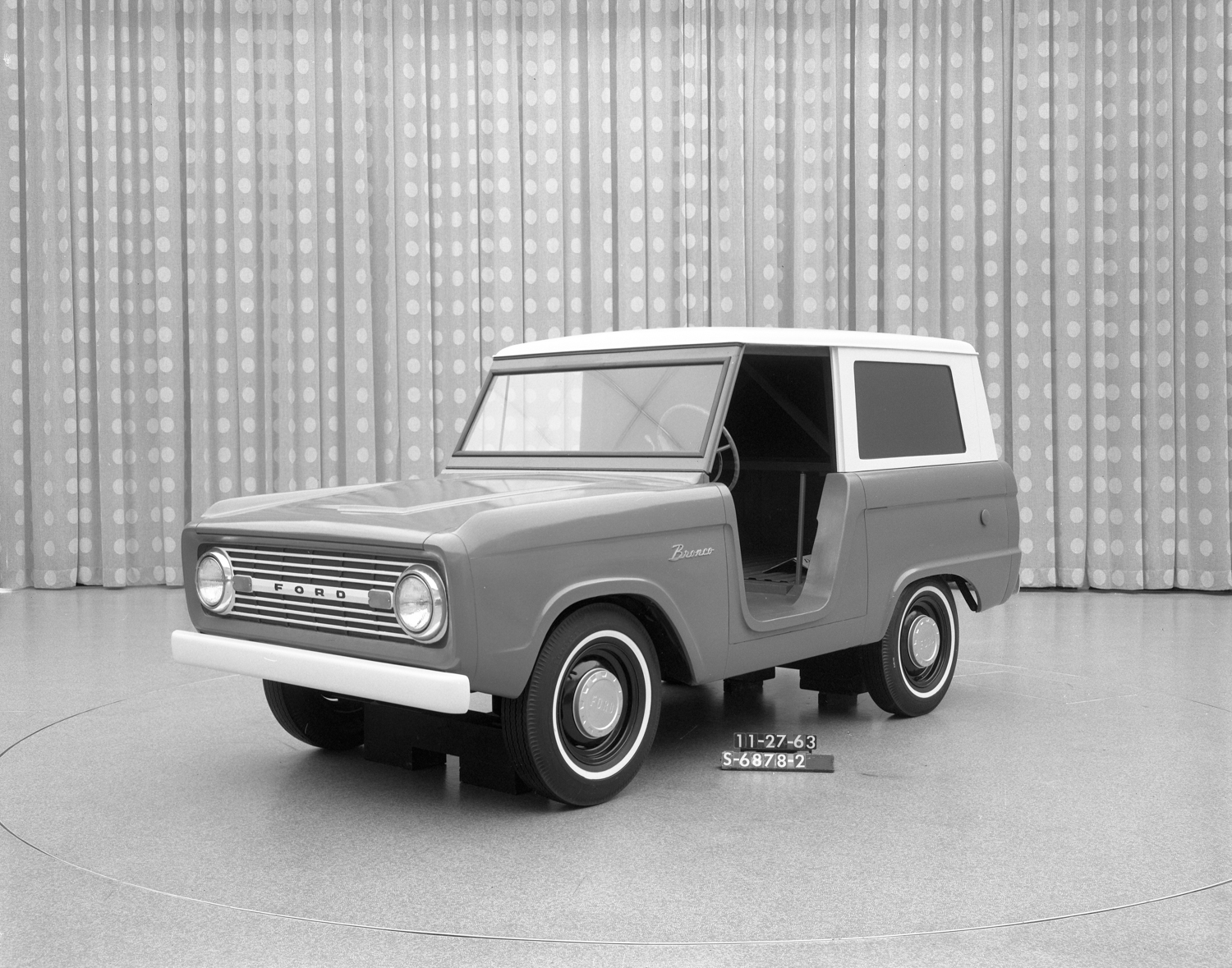
Looking at the original Bronco today, it’s striking how linear and upright the design is. The sculpted fender treatment on the front wheel arch is unique and tall, giving a great deal more visual clearance to the front of the truck compared to the rear. The rear wheel arch is significantly diminished with the trailing fender line following off the side and into the rear. This design line elongates the short stubby profile but also gives the Bronco a distinct sport sedan profile. The hood features a slight bulge, and the blunted front end is finished with a rectangular grille and slotted openings. The result is a very appliance-like presence with unmistakable charm. Chrome side script and rocker panel stripes echo the Mustang GT. Even the bucket seats with pleated inserts, smooth padded dashboard, Mustang steering wheel, and matching vinyl door inserts offer a touch of style that America craved when first offered.

Today the new Bronco delivers on much of the same basic design traits but is a massive, bulked-up interpretation of the original. I’m reminded of the 2011 Marvel series Captain America movie when 145-lb Steve Rogers transforms into a 200-lb superhero. How his pants still fit is a mystery to me. Movie mysteries aside, the new Bronco captures the same Bronconian themes but in a far more aggressive, Hulk-ish way. The bucking bronco of the innocent 1960s is now more like an angry bull. Still part of the rodeo but looking to toss you in less than 9 seconds. Still a very capable and robust vehicle with a lot to offer youthful urbanites, the Bronco arrives with greater bravado, more steam coming out of its nose, and a lot more pawing at the ground. And while the new model is light years ahead in safety, technology, and user value, like a lot of vintage enthusiasts who are scooping up first generation Broncos for near six-figure prices, I miss the spunky, simple charm of America’s first SUV, the 1966 Ford Bronco.





